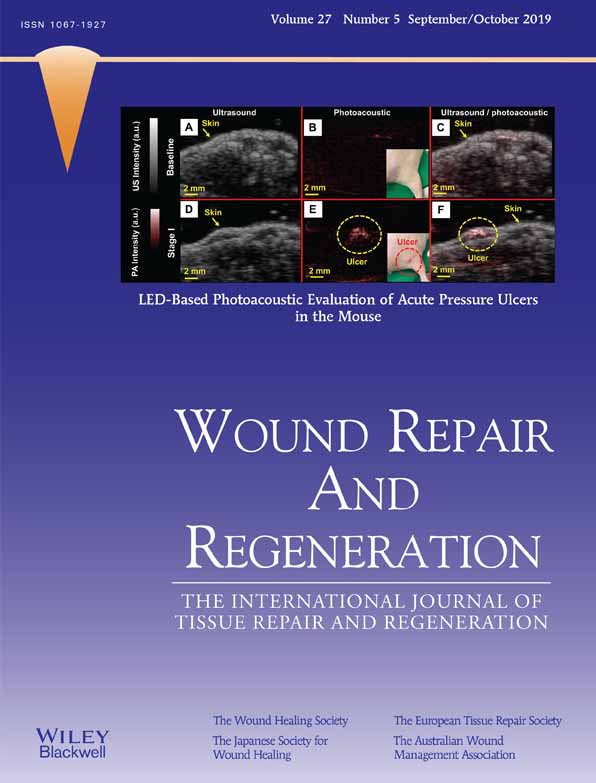Reasons for (non-)adherence to self-care in people with a diabetic foot ulcer
Abstract
We aimed to explore reasons for (non-)adherence to self-care among people with diabetic foot ulcers, as well as barriers and solutions to improving their self-care adherence. We performed a qualitative study, recruiting people with a diabetic foot ulcer from a community diabetic foot clinic. Semistructured interviews were held with participants. Data saturation occurred after 9 and was confirmed after 11 participant interviews. Interviews were audio-taped, transcribed verbatim and analyzed using the framework approach. Findings were mapped and the World Health Organization's (WHO) adherence dimensions were applied to themes identified. The key themes identified were (1) participants performed recommended practices in self-care; (2) participants relied heavily on care support; (3) motivations for self-care came from “staying well”; and (4) there was a disparity between self-care knowledge and understanding. Barriers identified included poor mobility and visibility, difficulty wearing offloading devices or using wound dressings, and frustration with lack of progress. Solutions to improve adherence included integrating self-care as routine, improved education, more external help and improving visibility. All five WHO adherence dimensions played a role in (non-)adherence to diabetic foot ulcer self-care. We conclude that adherence to recommended diabetic foot ulcer self-care was limited at best, and reasons for nonadherence were multidimensional. Based on the factors related to (non-)adherence and the barriers and solutions described, we suggest clinicians obtain a broad view of a person's situation when aiming to improve self-care adherence.
Conflicts of Interest
The authors declare that they have no conflict of interest.




